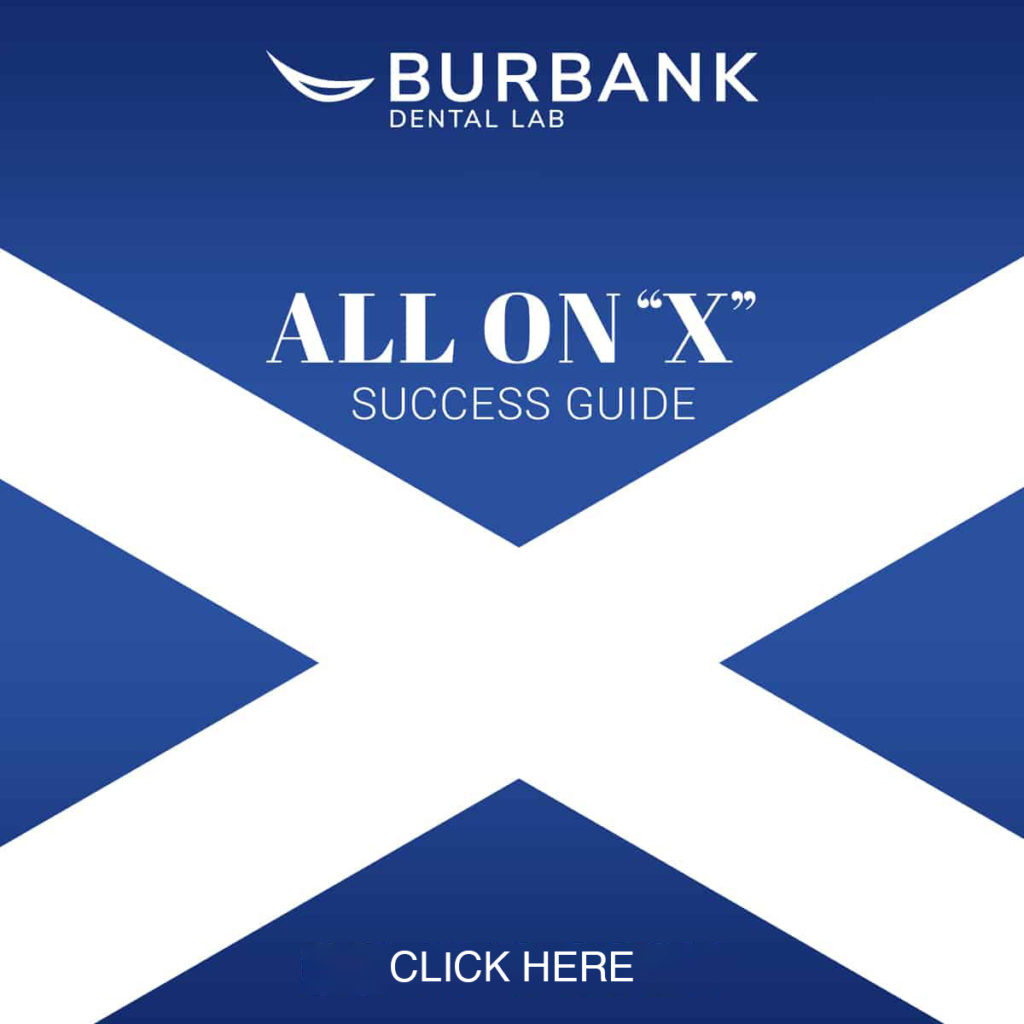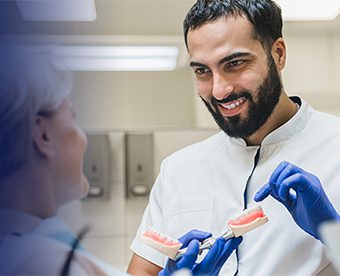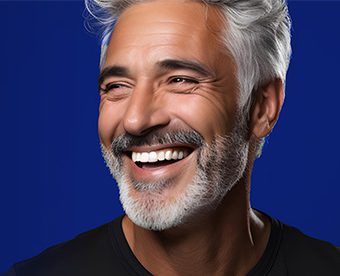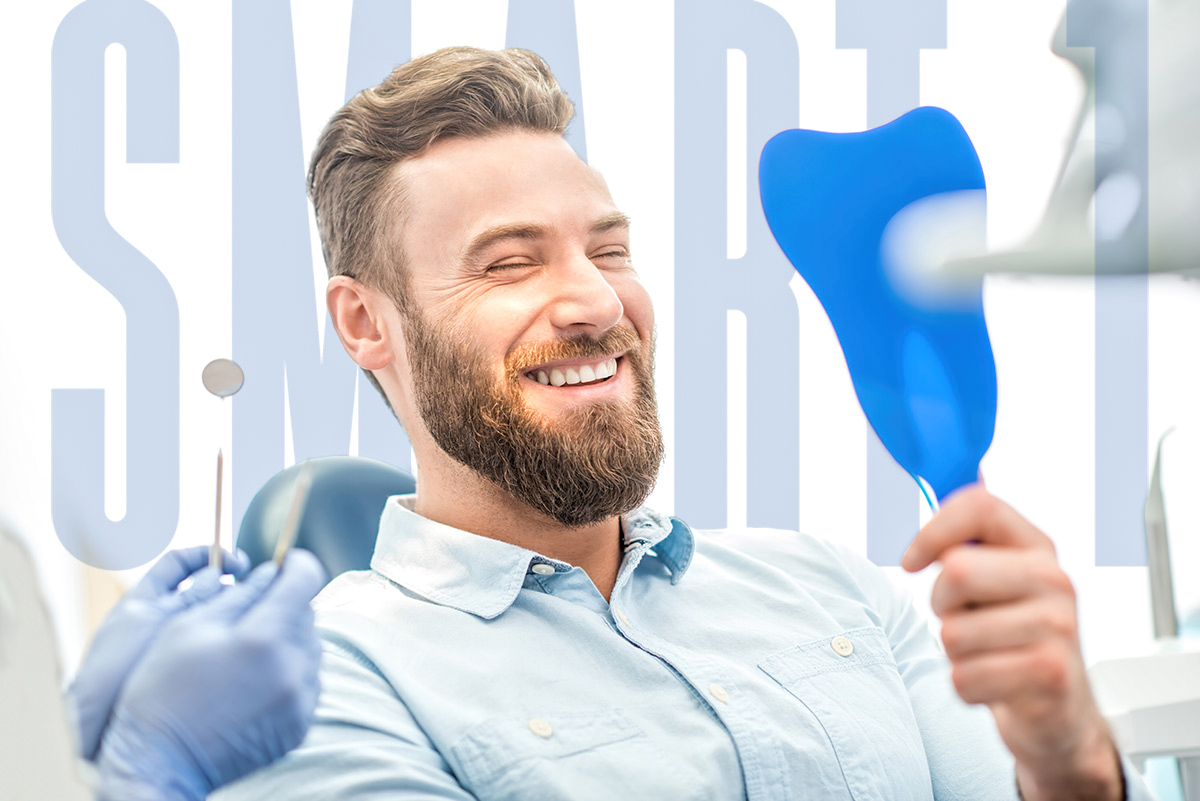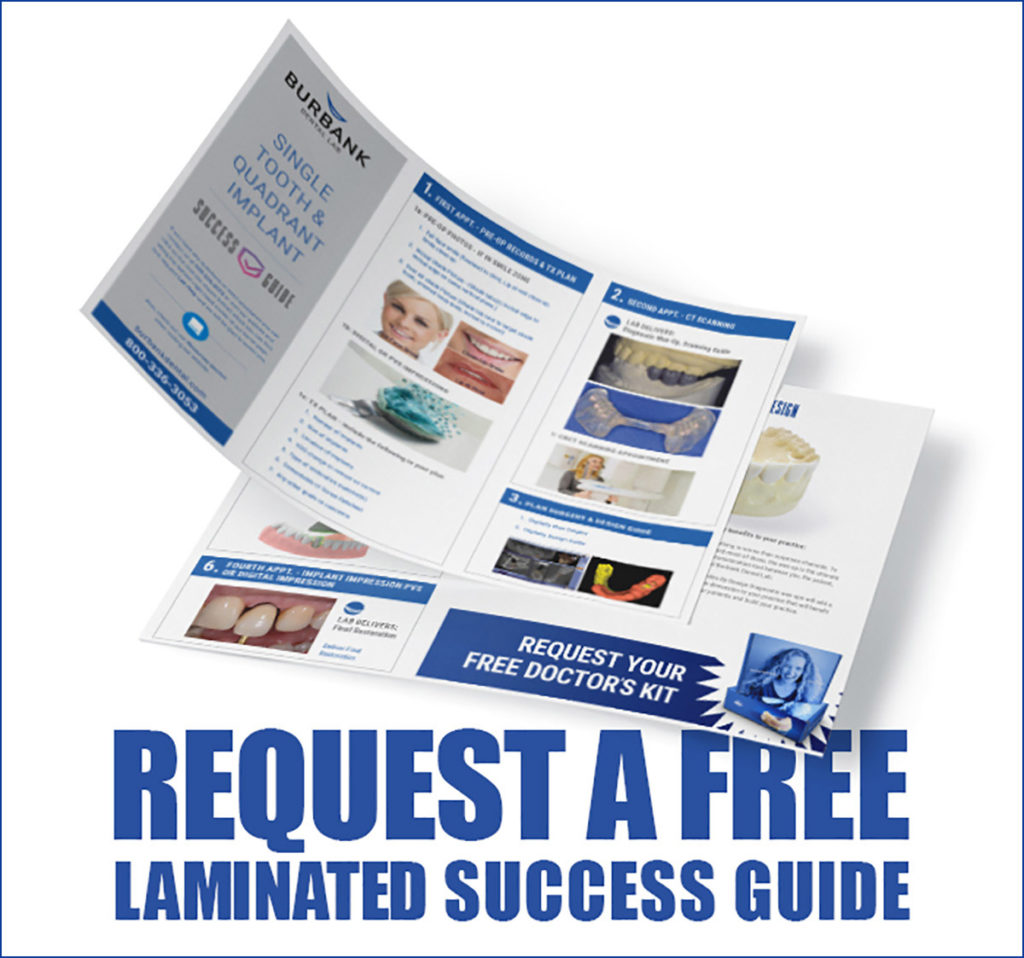It is a fact that teeth can move back into their previous position after an active orthodontic treatment. In addition to affecting patients’ time and finances, relapses can affect both esthetic and functional improvements that were achieved from the orthodontic treatment. The importance of using orthodontic retainers to minimize teeth relapse after treatment is well recognized.
Different types of retainers often raise questions, such as Essix vs. clear retainers.
The simple answer to this is that the Essix retainer is a type of clear retainer. In general, there are two types of orthodontic retainers: a fixed retainer and a removable retainer.
Fixed Retainer Indications
A fixed retainer is often chosen in cases where there is anterior crowding, rotated teeth, diastemas, and other maintenance issues with regard to adult orthodontics.
Also, a decision may be made to use a fixed retainer when the clinician feels that patient compliance may be difficult to ensure.
Using this type of retention is very popular on the lower arch.
Fixed Retainer Contraindication
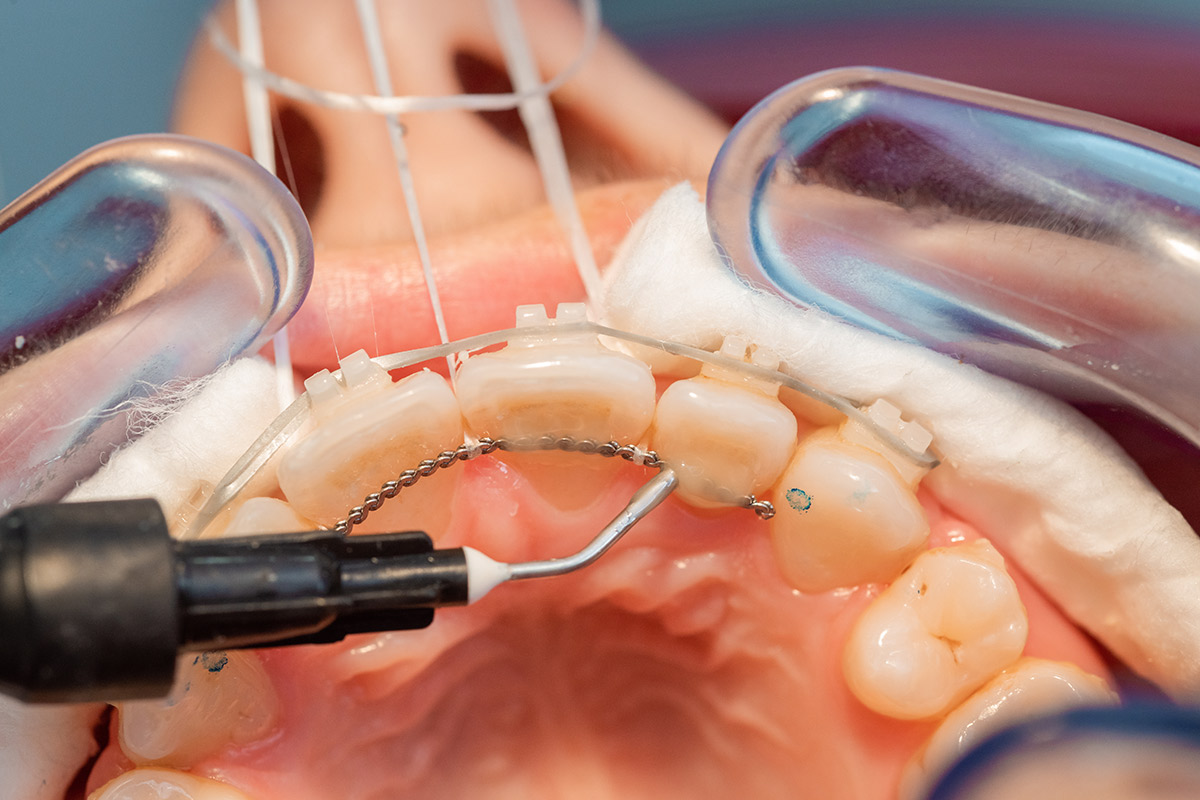
A fixed retainer can provide excellent results in maintaining tooth position after orthodontics. However, there are some contraindications that preclude this from being an ideal solution.
Patients with the following issues are not indicated for this retention method:
Issues can arise with the use of fixed retainers. Plaque accumulation may occur as well as the retainer detaching from the surface of the tooth.
These types of retainers require follow-up appointments with a clinician to ensure they are functioning properly.
In addition, patient commitment to oral hygiene is imperative to the health of the teeth involved.
Types of Fixed Retainers
Fixed retainers can be fabricated directly in the mouth or indirectly on a model.
There are essentially two basic designs of fixed retainers: a flexible metal wire design or a rigid wire that is bonded to the teeth.
The flexible design is best for patients who exhibit loss of periodontal support. The flexibility allows for possible tooth movement, minimizing the chances of the retainer failing.
In contrast, rigid retainer designs are also used. This type of retainer is often used in cases where a diastema was closed or for maintaining inter-canine space. Due to the rigidity of this type of retainer bond, failure may occur as a result of tooth movement.
These retainers can be fabricated in several different materials for bonded retainers, including:
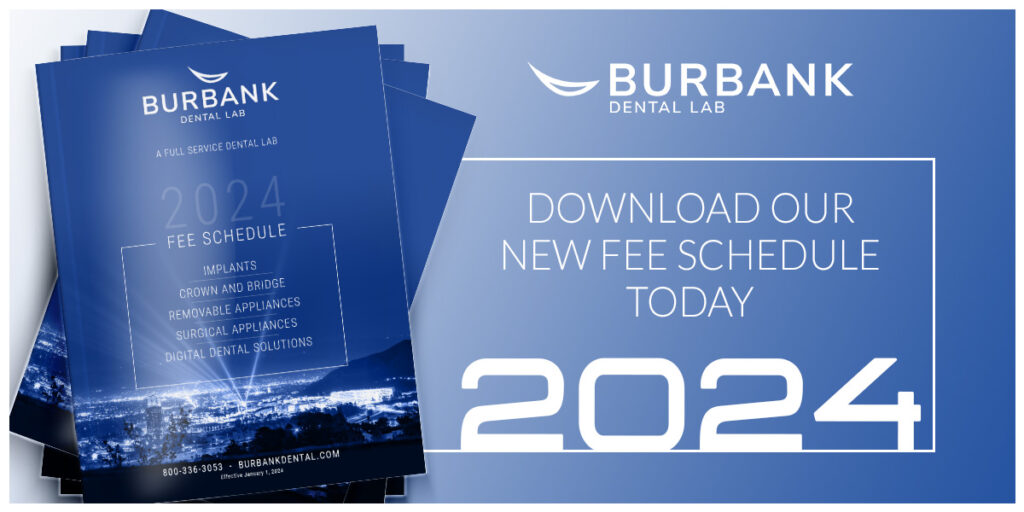
Advantages of A Fixed Retainer
There are clear advantages to prescribing a fixed retainer. The main advantage is that the use of the fixed retainer is not reliant on patient participation.
Fixed retainer patient compliance is a major factor in removable retainers and can hinder the success of the treatment and affect the patients’ oral health.
Other advantages of fixed retainers include:
The disadvantages of a fixed retainer includes:
Removable Retainer
There are several different types of removable retainers, including clear retainers such as the Essix retainer and wire reinforced retainers such as Hawley retainers.
Essix Retainer
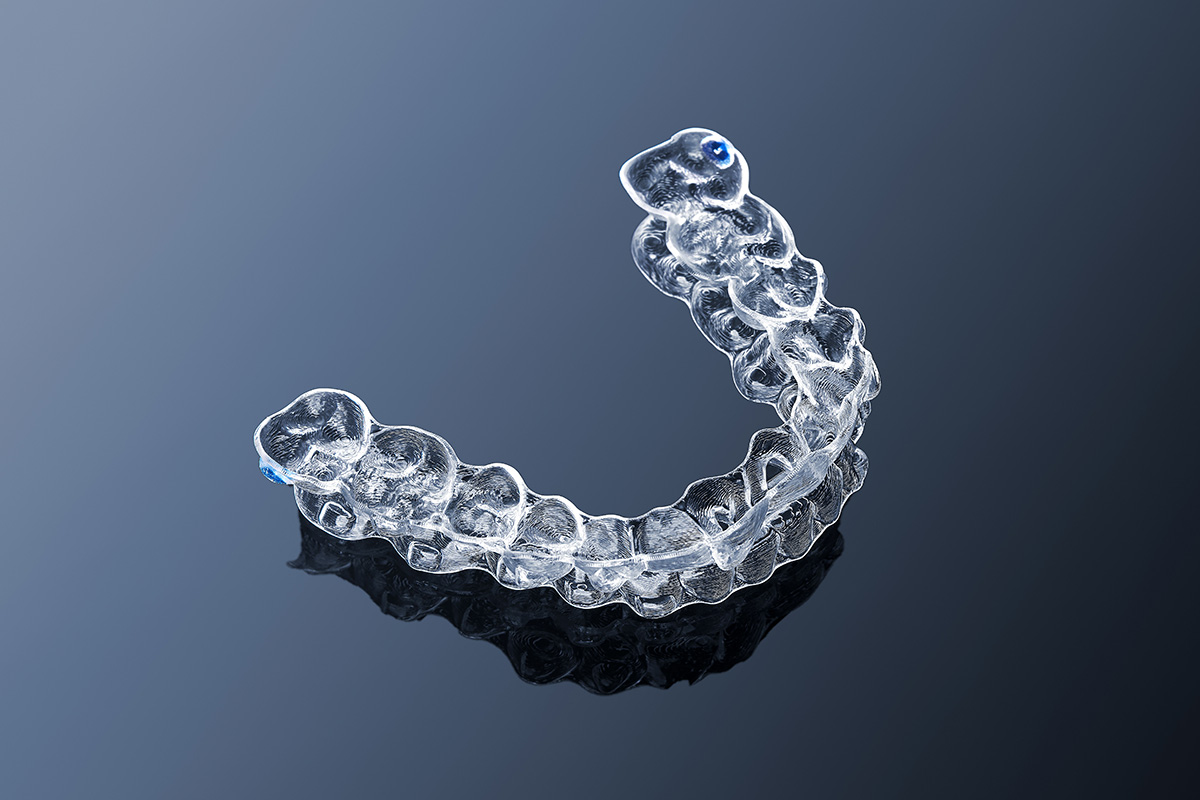
Hawley Retainer
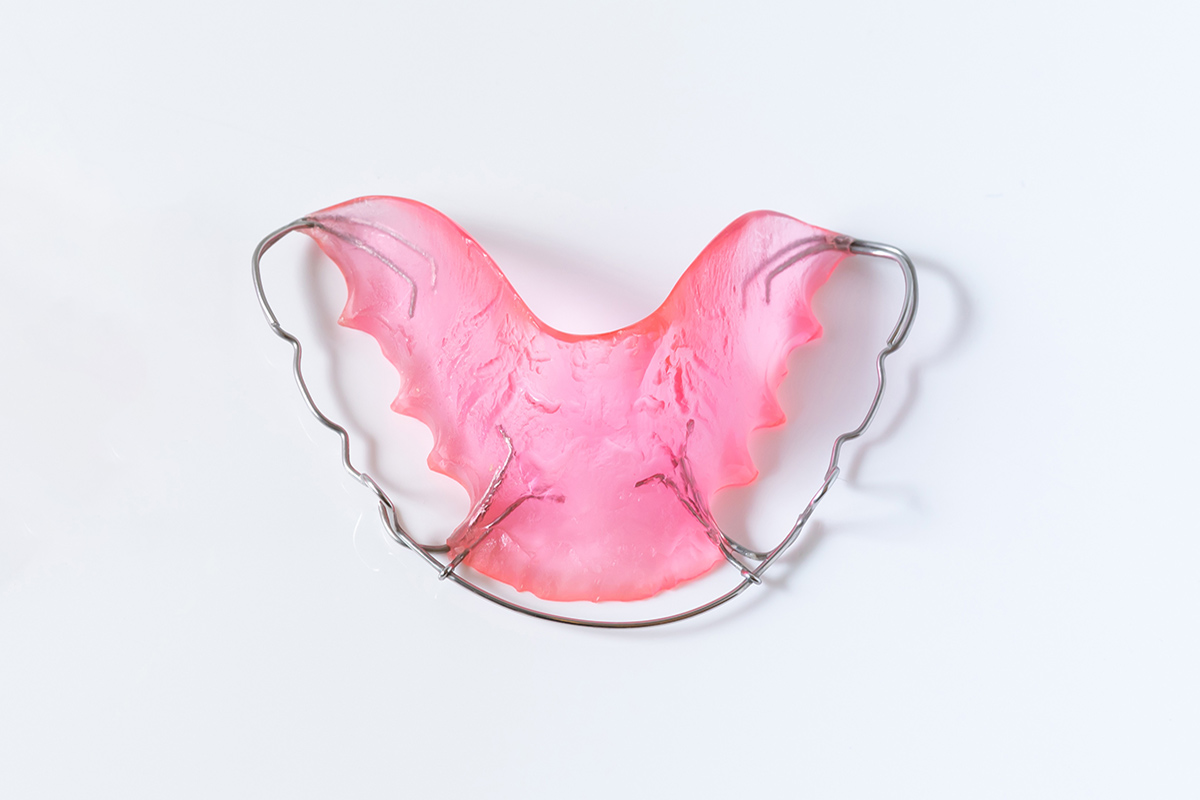
Removable retainers are used widely in orthodontic cases because they are very patient-friendly and offer the option to be removed.
The advantages of prescribing a removable retainer include:
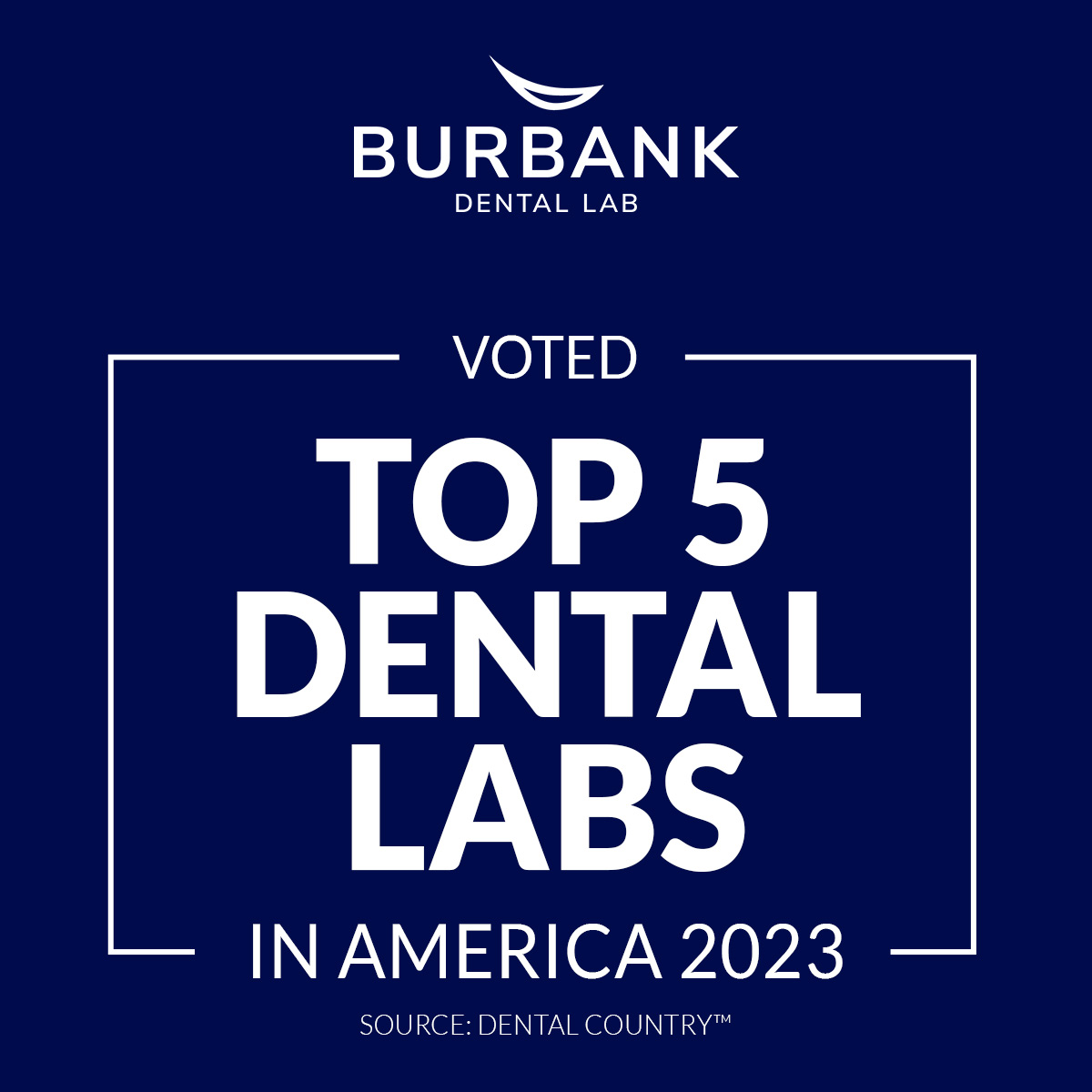
Disadvantages of A Removable Retainer
While there are some clear advantages to these retainers, the number one factor in making them less effective is they are completely reliant on patient compliance. Without the patient being willing to wear a retainer in the manner in which it was intended, the desired outcome will not be achieved.
In addition, other disadvantages of this method include:
Digital Workflow for Orthodontic Retainers
The ability to accept digital files in almost all areas of dentistry now has made a huge impact on the dental industry overall. Orthodontic retainers are no exception.
The advantage of introducing a digital protocol includes the following advantages:
Providing Digital Data to Burbank Dental Lab
The steps involved in providing digital data to Burbank Dental Lab include the following:
Of course, there are other more traditional methods of fabricating these retainers that are available.
Retention is a critical part of any orthodontic treatment. As is well known, if teeth are not maintained in their new position, they will relapse. This relapse is a result of gingival fibers, jaw growth as well as soft tissue pressures.
Orthodontic retainers prevent the teeth from relapsing to their pre-orthodontic positions. Burbank Dental Lab offers orthodontic lab support for the various types of orthodontic retainers.
Call or chat with a Burbank Dental Lab team member about your next case today.
